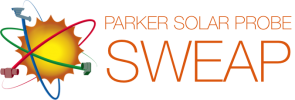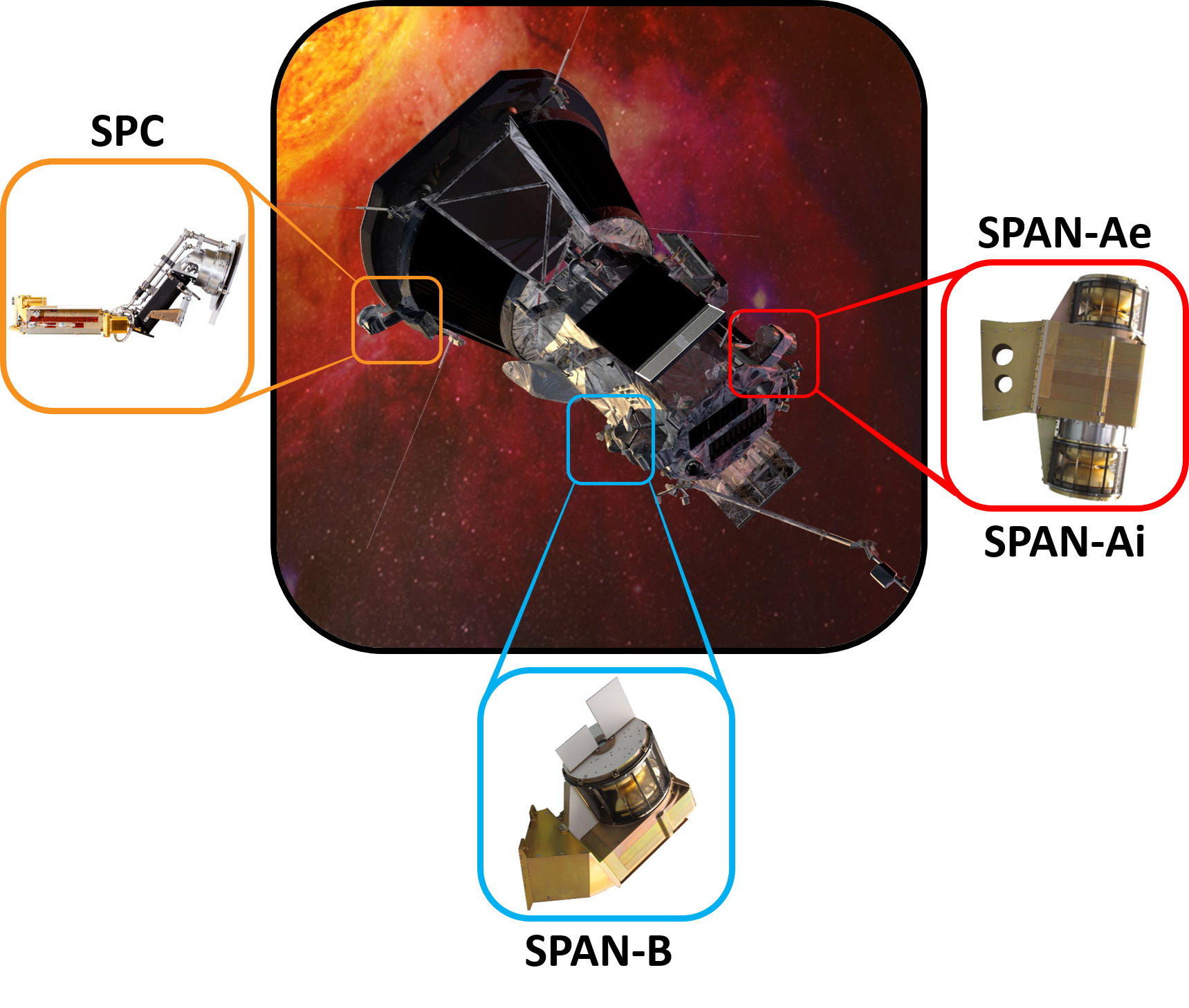SWEAP consists of four separate sensors that measure the ions and electrons that make up the plasma in the solar wind and solar corona. The Solar Probe ANalyzer (SPAN) instruments are electrostatic analyzers (ESAs) that use curved plates to measure the 3-D particle distribution from within the shadow cast by the spacecraft thermal shield. Two of the sensors are co-located on the ram side of the spacecraft: SPAN-Ai measures ions, and SPAN-Ae measures electrons. SPAN-B measures electrons and is on the anti-ram side of the spacecraft. The Solar Probe Cup (SPC) is a Faraday Cup instrument that is directly illuminated by the Sun and measures both ions and electrons.

Solar Probe Cup (SPC)
SPC is a Faraday Cup that looks directly at the Sun and measures ion and electron fluxes and flow angles as a function of energy.
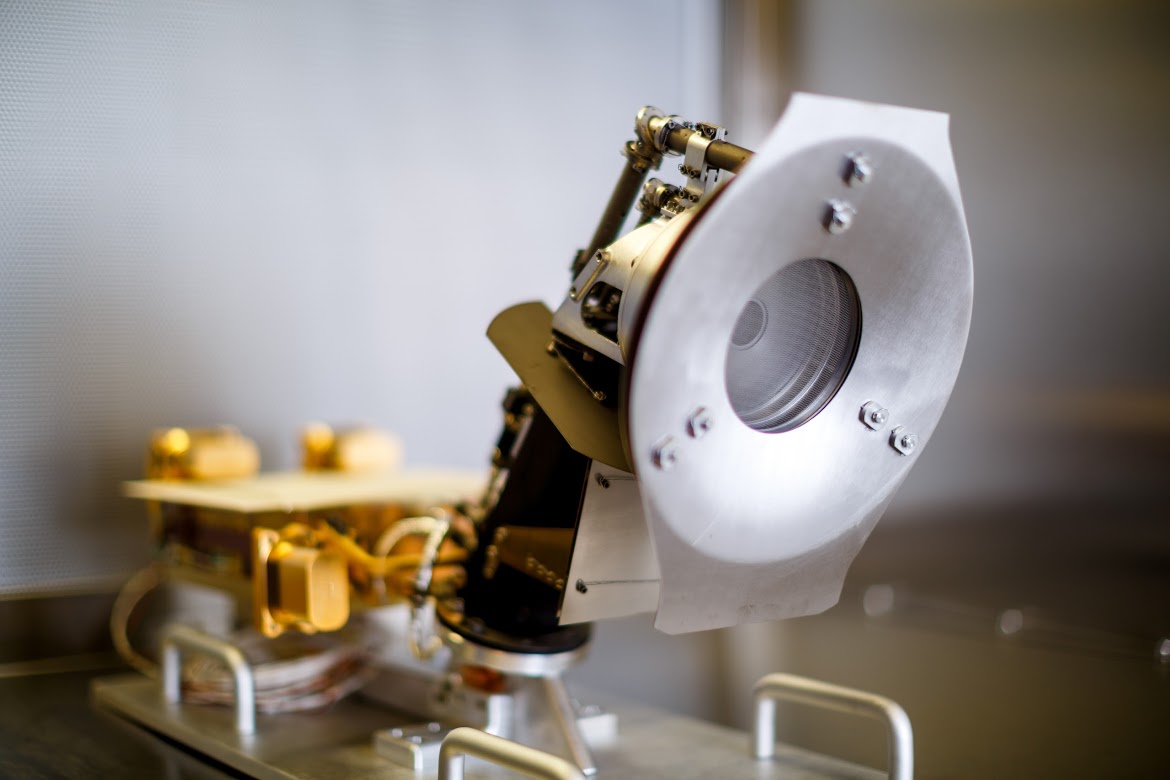
- Instrument Name: Solar Probe Cup
- Sensor Type: Faraday Cup
- Particles Measured: Protons and Alphas (most of the time); Electrons (rarely)
- Energy Range: 100-6000 V (proton speeds of 138-1072 km/s)
- Measurement Cadence – Encounter: 1 spectrum every 218-874 milliseconds
- Measurement Cadence – Cruise: 1 spectrum every 26.2 seconds
- Spacecraft Placement: Sun-pointing
- Heritage Instruments: Wind/SWE, Deep-Space Climate Observatory
- Fun Fact: Because it must tolerate temperatures in excess of 3000°F (1650°C), SPC is constructed from refractory metals such as tungsten, niobium, and molybdenum and uses lab-grown sapphire as an electrical insulator.
SPAN – Ions
The SPAN-Ai instrument uses curved plates to create electrostatic optics that sort incoming ions based on their energy-per-charge and utilizes segmented anodes and electrostatic deflectors to select particles based on their azimuthal and elevation angles. This allows each particle’s velocity to be determined. SPAN-Ai also has time-of-flight electrons that can measure the mass-to-charge ratio of the incoming ions.
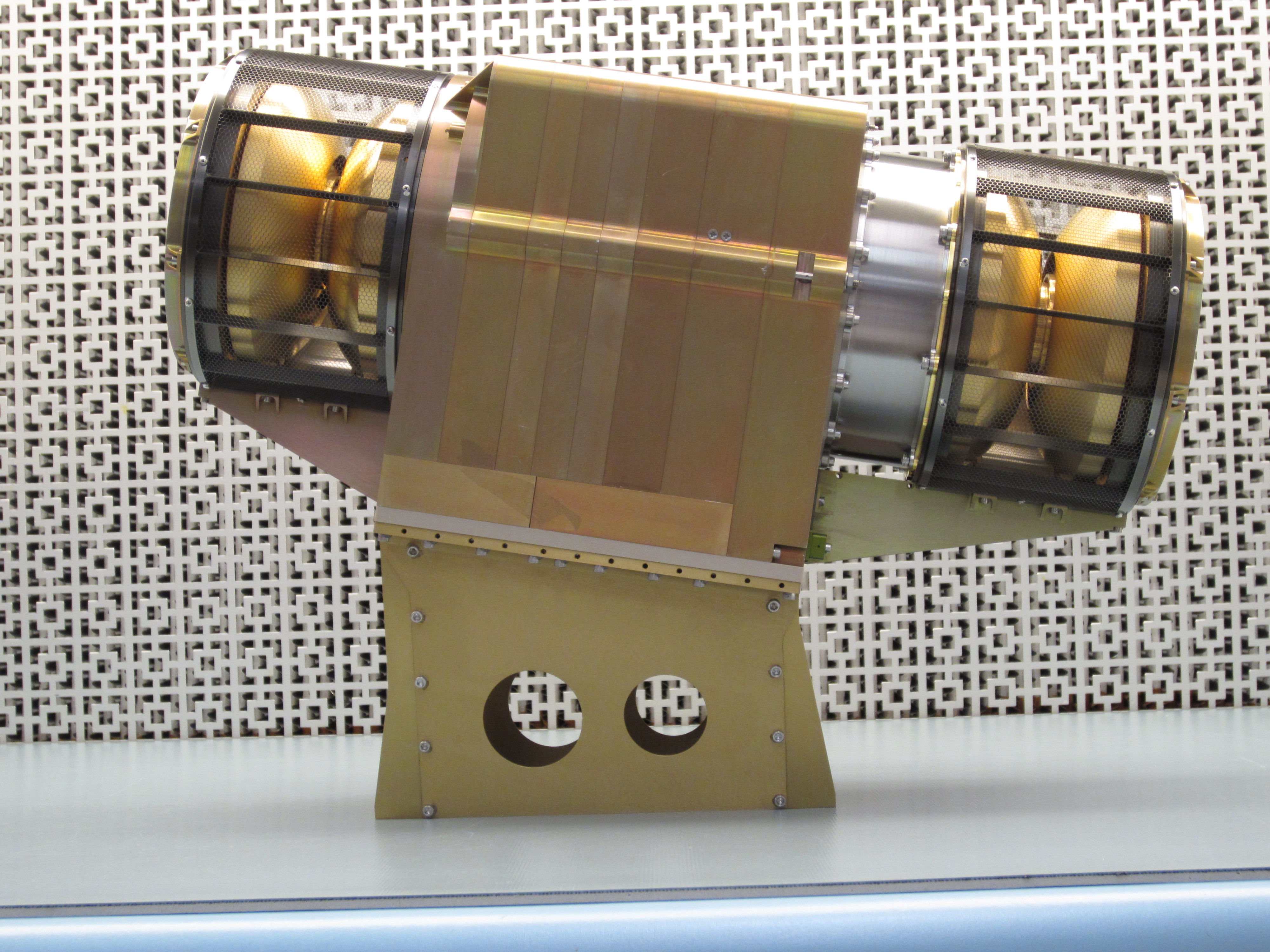
- Instrument Name: Solar Probe Analyzer – Ions
- Sensor Type: Electrostatic Analyzer with Time-of-Flight
- Particles Measured: Positively charged ions
- Energy Range: TBD-30,000 V (proton speeds of TBD-2400 km/s)
- Spacecraft Placement: Ram-pointing
- Heritage Instruments: MAVEN/SWIA, THEMIS/ESA, and Wind/3DP
- Fun Fact: By using the time-of-flight electrons in addition to the energy/charge selection SPAN-Ai can unambiguously measure the proportion of helium nuclei compared to that of protons.
SPAN – Electrons
Two sensors are utilized for the measurement of electrons; SPAN-Ae (on the ram side of the spacecraft) and SPAN-B (on the anti-ram side of the spacecraft). This instrument functions similarly to SPAN-Ai; utilizing electrostatic optics to sort electrons based on energy and anodes and deflectors to sort the particles based on angle so that each electron’s velocity can be determined.
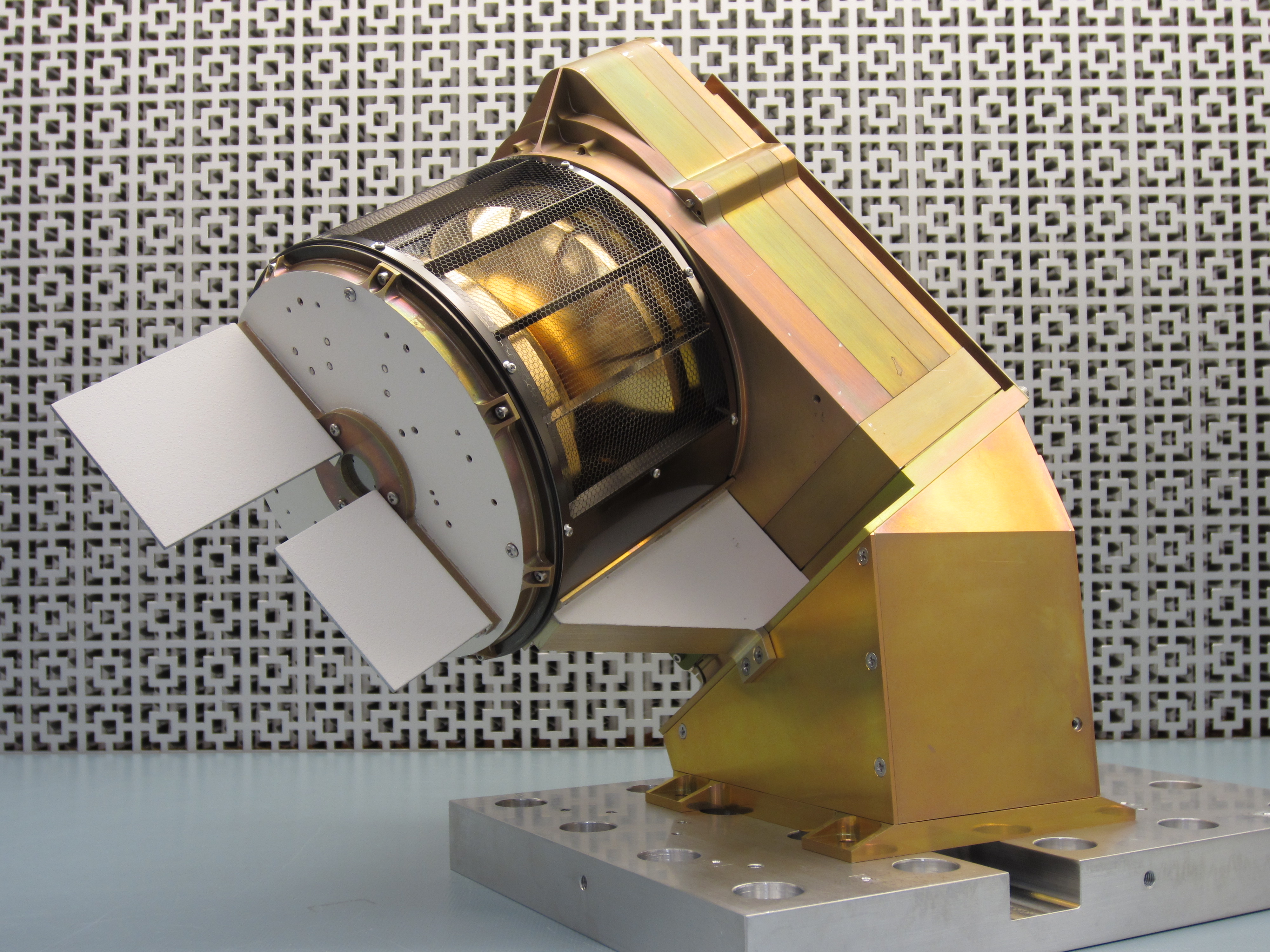
- Instrument Name: Solar Probe Analyzer – Electrons
- Sensor Type: Electrostatic Analyzer
- Particles Measured: Electrons
- Energy Range: TBD-30,000 V
- Spacecraft Placement: 2 fields-of-view: ram-pointing and anti-ram pointing
- Heritage Instruments: MAVEN/SWEA, THEMIS/ESA, and Wind/3DP
- Fun Fact: SPAN-Ae and SPAN-B sensors are rotated 90 degrees relative to one another so their broad fields of view combine like the seams on a baseball to view the entire sky; the only exception being the region obscured by the heat shield
